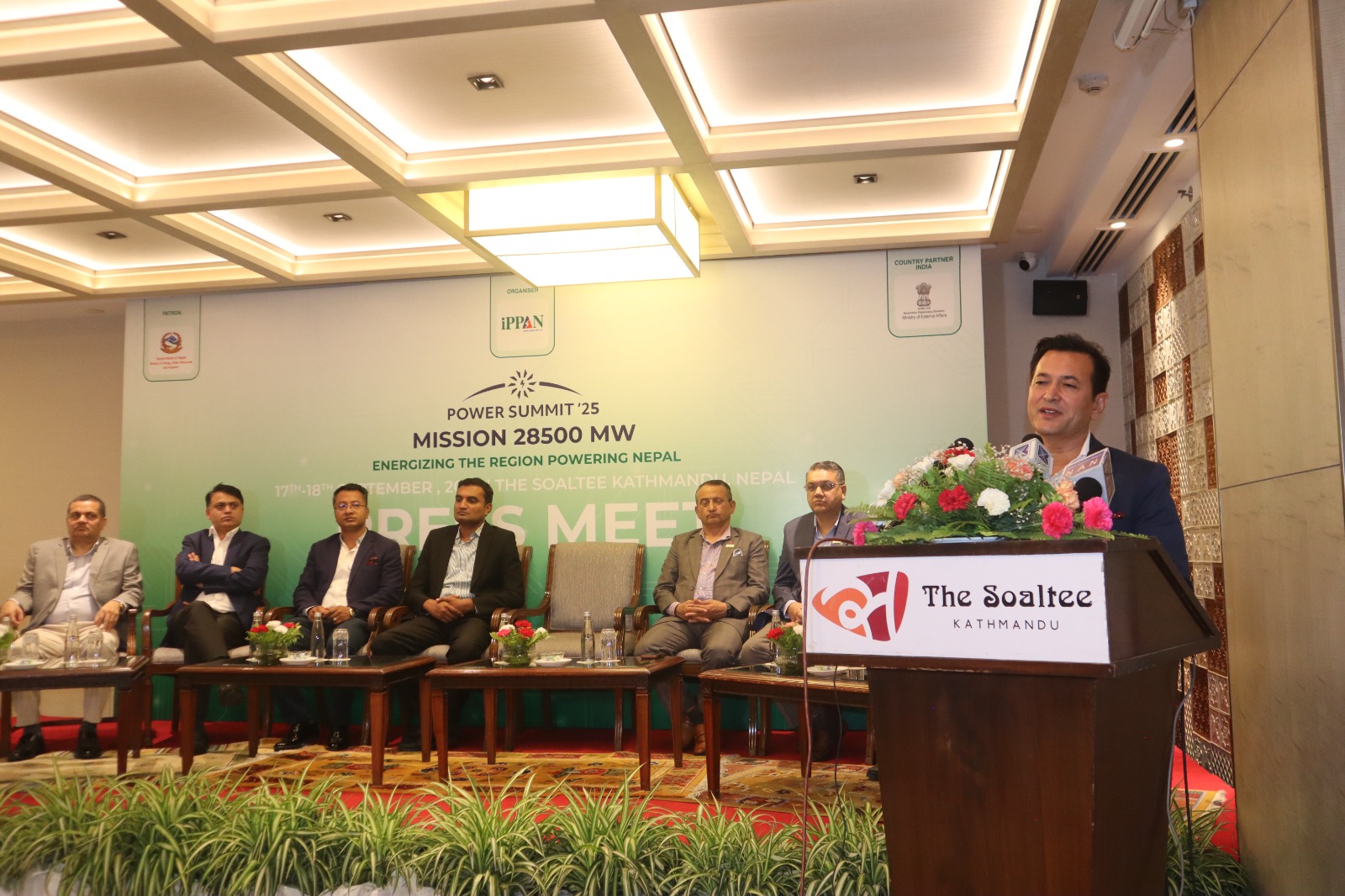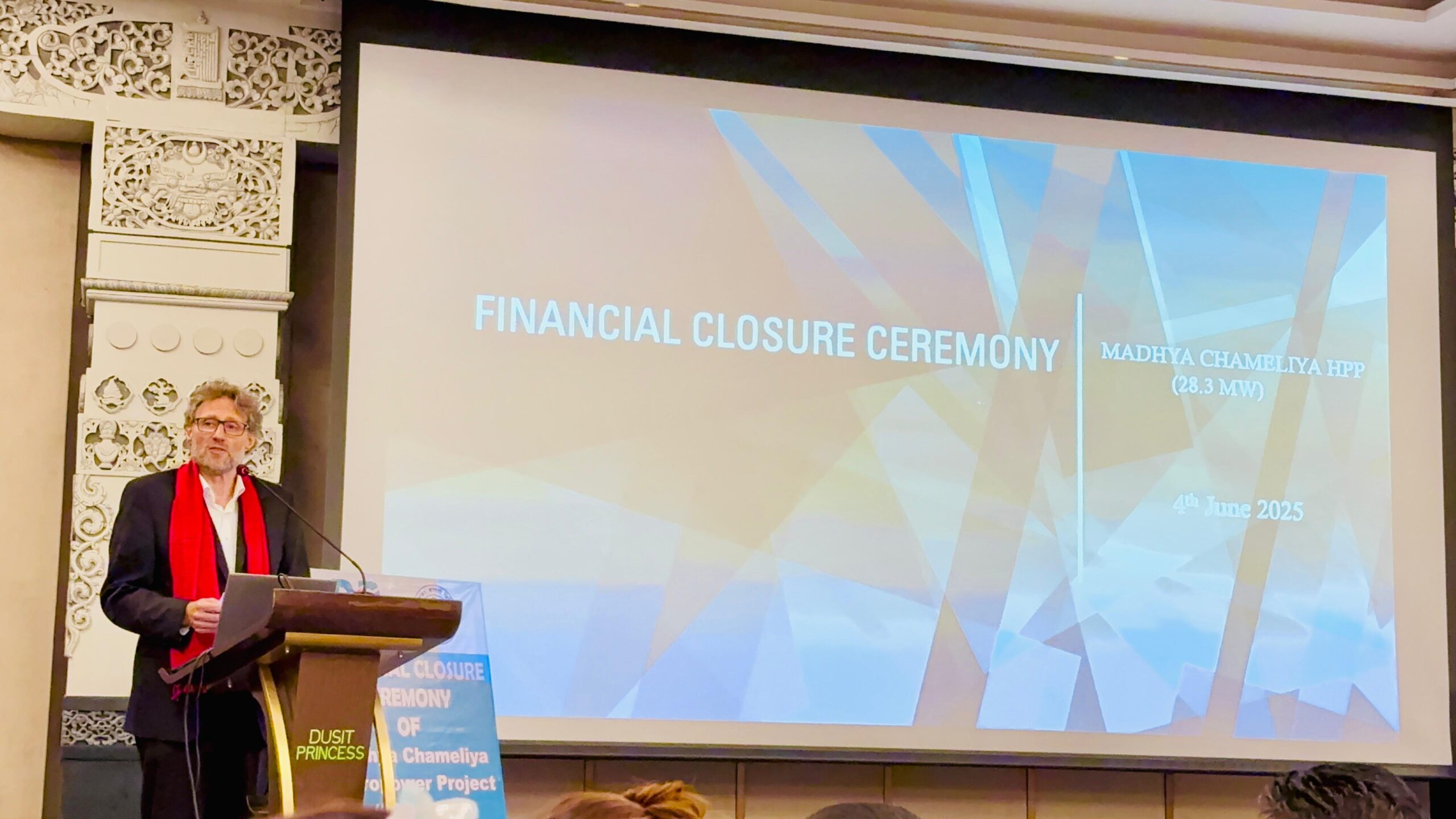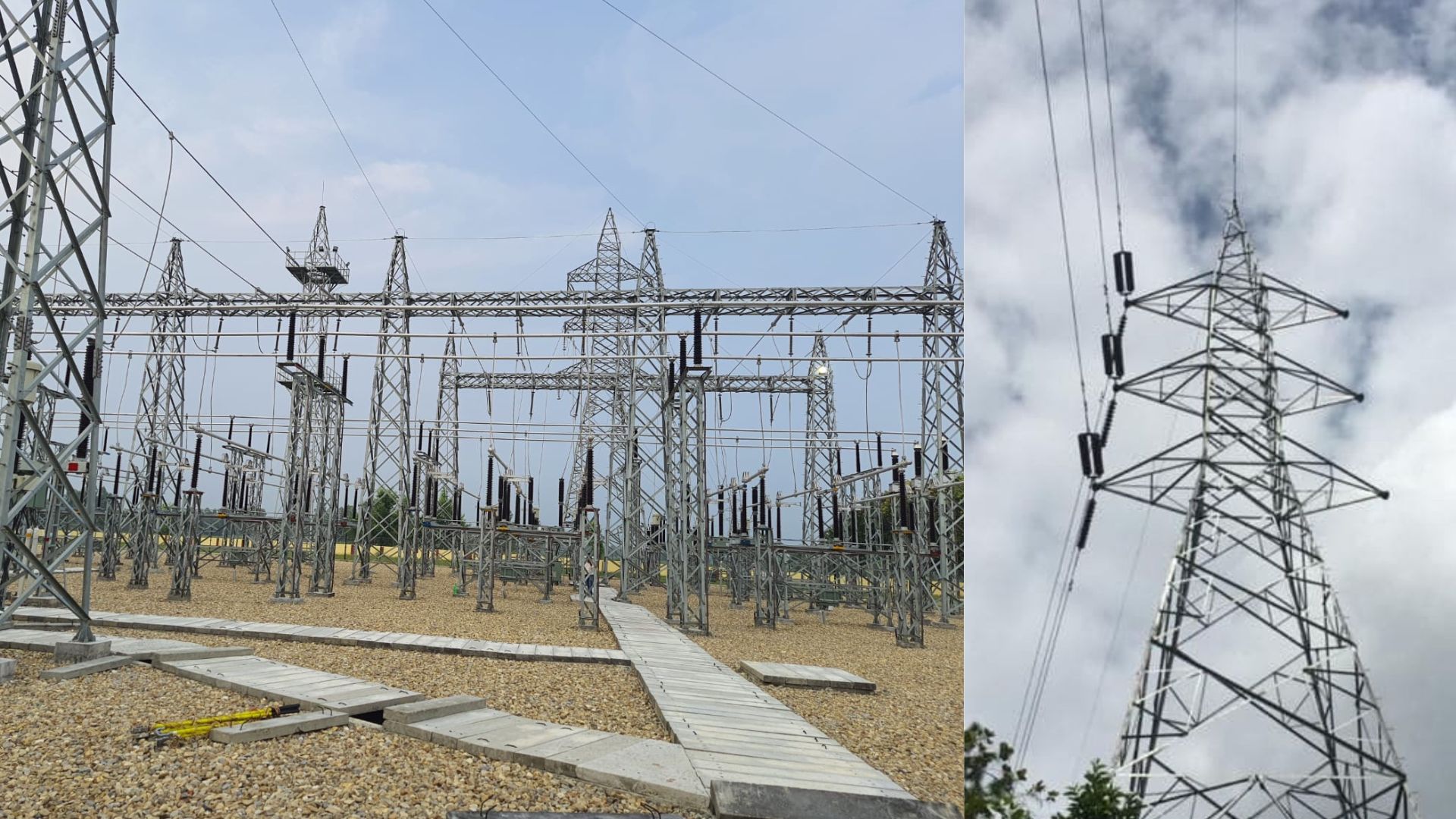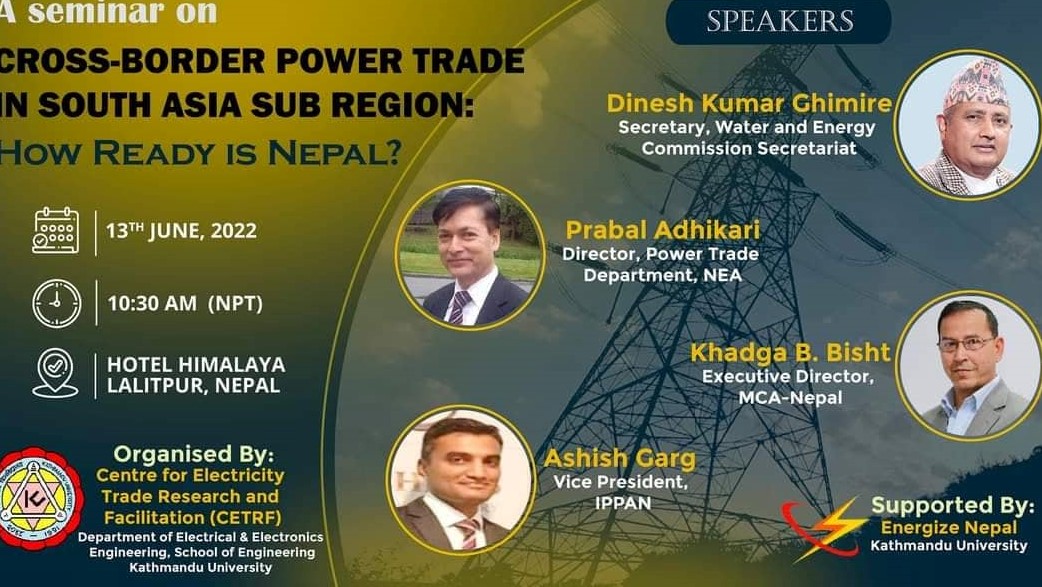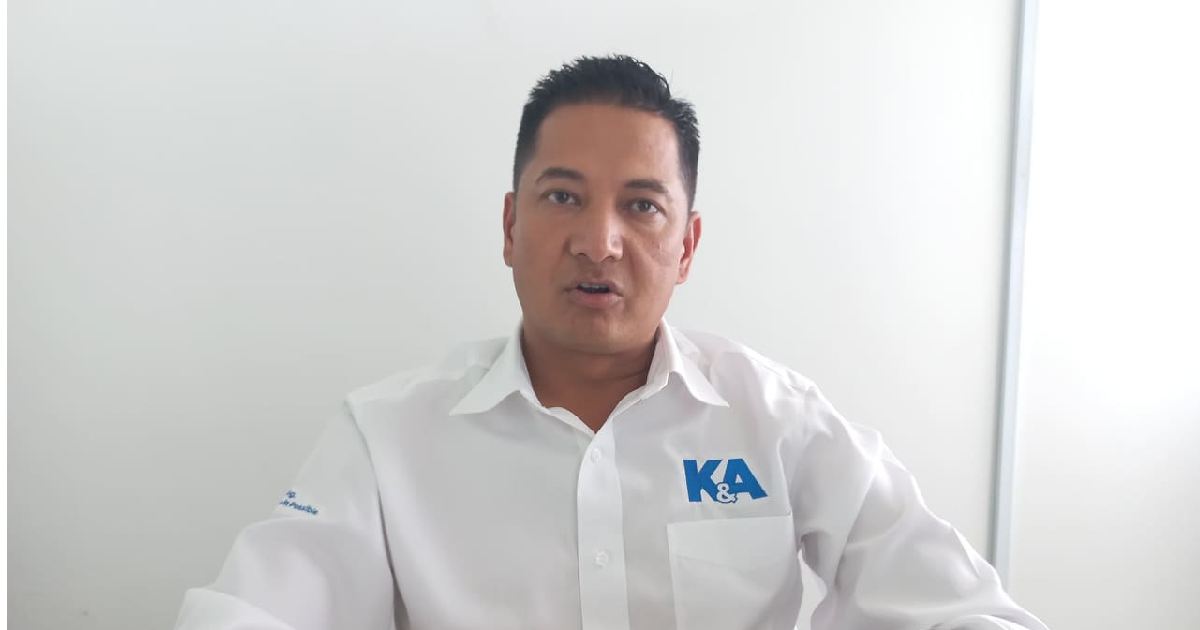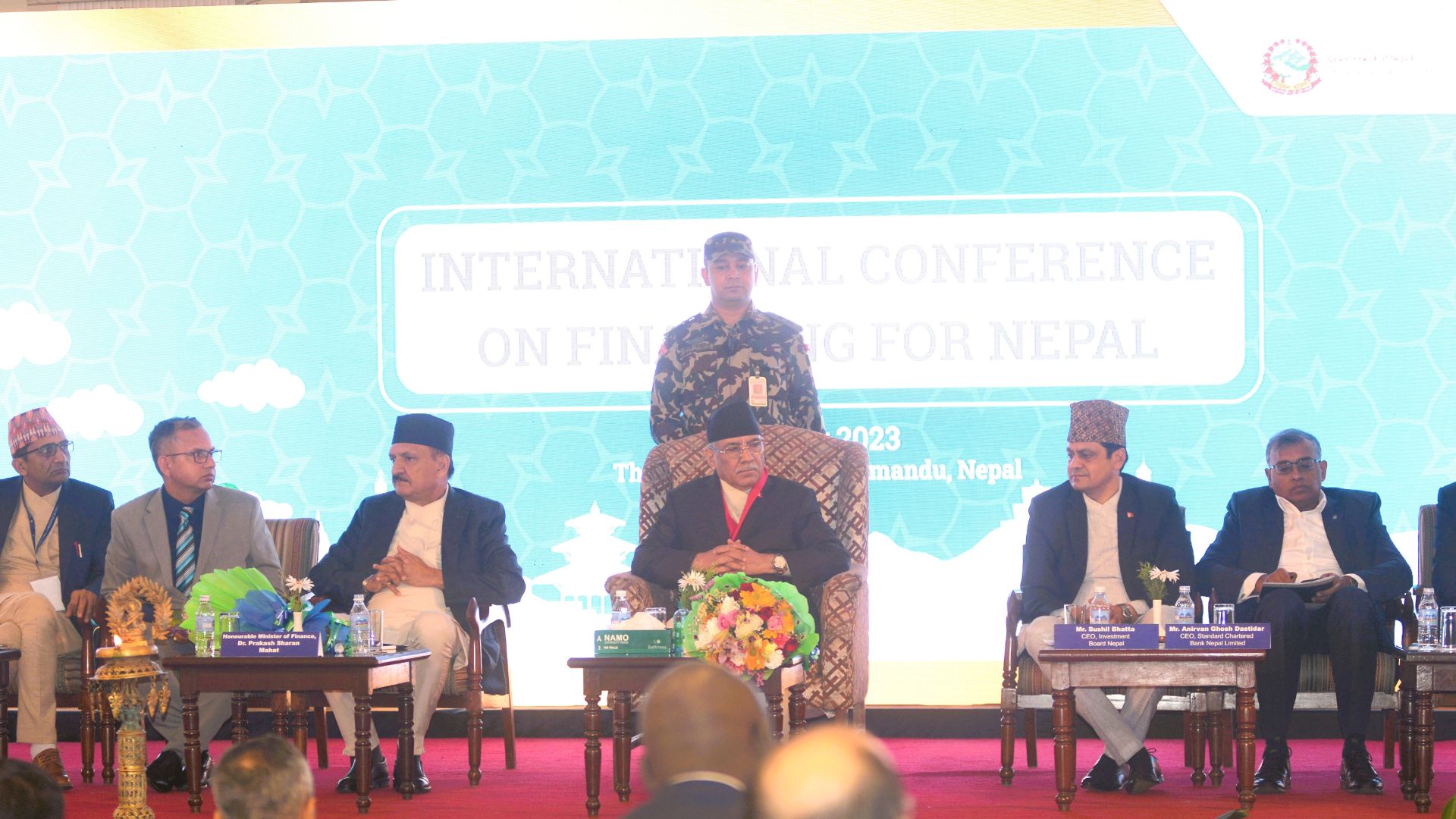
I. Nepal’s average annual growth rate over last three decades is about 4.4 percent (without adjusting base effects of some negative growth years) but the country has been successful in reducing extreme poverty from 46 percent in 1996 to 17 percent in 2022. Nepal aspires to become a middle-income country by 2030. Except for recent phenomena of nearing recessionary risk, Nepal’s macroeconomic fundamentals have remained marvelously resilient, if not buoyant, despite a series of severe shocks like a decade-long conflict, earthquake of 2015 immediately followed by constricting economic blockade, Covid pandemic, and incessant instability in the government. Thanks mainly to very robust inflow of workers remittances and impressive and sustained outcomes of comprehensive economic reforms initiated the 1990s that attracted substantial private investment both in service and manufacturing sectors.
II. Even now, as of mid-April 2023, foreign exchange reserves stand at 10.94 billion US dollars, or approximately 26 percent of GDP, which is enough for merchandise and services imports of 9.4 months. Balance of Payments is in surplus of 1.38 billion dollars. Remittances are in increasing trend and poised to touch 10 billion dollars mark by the end of the current fiscal year. Inflation hovers around 8 percent yet contained within the single digit. Nepal’s financial industry is perhaps the most transparent and healthy in spite of its own structural limitations to finance large-scale projects with long gestation period. Most importantly, public debt-GDP ratio is about 41.5 percent of which only half is the external liability. These factors apparently provide a much-needed fiscal space. Government could instantly leverage these strengths with prudent but expansionary fiscal and monetary policies and enhanced project management efficiency.
III. Nepal’s economy is predominantly a private-sector-led. About 70 percent of employment and 82 percent of economic productivity comes from this sector. As a very rare example even in highly liberalized countries, 98 percent of investment in public transport system has been made by the private sector. Private sector banks hold about 85 percent of country’s total banking assets. Private investment in hydropower development, tourism infrastructure, telecommunications, ICT, education and health, air transport and real estate and housing development among others is invariably higher in many sectors compared to the public spending.
IV. Nepal’s total FDI stock is only about USD 3.25 billion, approximately 8 percent of 41 billion GDP. Out of 5500 foreign investment projects some 300,000 jobs are expected to have been created. But foreign investors in all sectors including banking (Standard Chartered, SBI, Nabil, Everest, Himalayan, Nepal Bangladesh Bank etc.) telecom (Ncell), FMCG (Uniliver, Dabur), manufacturing (cement) and energy (hydropower) have enjoyed very impressive and sustained rate of return. Many have repatriated several times more than their original equity investments.
V. The external sector with ever-burgeoning trade deficit of about 15 billion dollars annually in official figures and estimated to be just double of that in actuals, for reasons of trade through informal and illegal channels and massive under- invoicing at the customs points, is certainly a cause of concern. But silver lining from an investor’s point of view is, it is an unequivocal indication to a rapidly expanding size of the market, increased purchasing power of the consumers and, therefore, an opportunity to invest for instant returns. Similarly, often complained about quality and inadequacy of infrastructures of all forms – physical, energy, ICT, and digital – also have potential to be lucrative projects in themselves, for private investment as well.
VI. According to the GoN’s Development Finance Assessment Report (2017), Nepal faces an annual financing gap of USD17.70 billion to achieve the sustainable development goals (SDGs) and implement the Paris Climate Accord by 2030. Only for infrastructure, an annual investment of 18 percent of GDP is required in the next 8 years to become a middle-income nation. Small and Medium Enterprises (SMEs) face a financing gap of USD 1.06 billion. This of course is a very tall ask for an economy that is struggling to collect the revenue to the tune of USD 10 billion. All these financing gaps account for approximately 50 percent of the national GDP for the period leading up to 2030.
VII. Nepal’s public financing mechanism faces two paradoxical rather challenges. On the one hand, resource absorption capacity has remained chronically pathetic; spanning over decades. For example, during the last 10 months of the current fiscal year, total capital expenditure has barely touched 32 percent of the capital budget of Rs380 billion. On the other hand, there is not adequate amount of funds available to finance for even moderate-sized development projects. The revenue is often inadequate even to meet recurrent expenditures. At present, the government finance is already in deficit of Rs285 billion. The development assistance, both grant and loan, development partners has literally dried up, except for few formula-based disbursements from the multilateral partners.
VIII. Nepal’s’ financial architecture with 63 BFIs (except MFIs), two large pension funds and 20 insurance companies which mobilize investible resources. According to the latest figures, total deposit mobilization of BFIs has reached Rs
5.48 trillion as against Rs 4.86 trillion of credit flow. This seeming difference of Rs 620 billion is generally locked as part of the regulatory requirement. The share of institutional deposits stands at 36.3 percent which imposes its own limitations on BFIs’ freedom on loan disbursement. Private equity funds, mutual funds and impact funds have been introduced in the market but are relatively small and in the budding stage. The bond market has to recover from a serious trust deficit in the investors.
IX. In a nutshell, to achieve the SDGs, bridge the infrastructure gap, rejuvenate and scale up the SME ecosystem, to embark into digital economy, or, to elevate the country into a middle-income status, Nepal’s public and private sectors must jointly and collaboratively strive to explore and unlock new sources funds to finance the future development endeavors, big and small. Only possible sustainable source of development financing is private investment, domestic or foreign. In the past, Nepal tried to attract the private investment in PPP model. The PPP Act 2019 has recognized all three tiers of governments as possible public partners in the model. But the model’s relative success, generally speaking, got confined to hydropower projects. It failed to take off as expected mainly due to issues surrounding the Viability Gap Funding.
X. Lately, the Blended Finance as a new approach in development financing is gaining increased international attention; particularly in developing countries where public investment for infrastructure development, social programs, and environmental protection is not adequately available. This is a new approach to catalyze private investment in projects conventionally financed by the public sector yet provides for-profit incentives for private investors by public cushion against risks on investment. With three added principles of ‘concessionality’, ‘additionality’ and addressing the financial needs of the ‘missing middle’, the Blended Finance certainly exudes new optimism, both in the financial and development ‘markets’ alike. Some recent Nepali ventures in the blended model like in hydropower project taken up by International Finance Corporation, private equity-model of blending by BO2 and few others, and SME-focused private-private blending implemented by One to Watch undoubtedly provide new understanding on its multitude of scopes and scalability. I am sure, distinguished resource persons, experts and practitioners will more extensively deliberate on Nepal’s blended finance potentials in the following working sessions throughout the day.
XI. However, to unleash the investment potential by enhancing the confidence of the private investors, a galore of reforms in all three dimensions–legal, institutional and operational–is inevitable. A ubiquitous prerequisite is ensured fair return on investment to be able to attract the private and philanthropic funds to blend resources to develop public infrastructures and expand entrepreneurship. Pricing of the products, inheritance and exit mechanisms in blended entities need more nuanced and defined strategies compared to conventional modes of private investment.
XII. A general legal framework to facilitate to set up corporate entities of blended nature needs to be put on place. The PPP Act, the BOOT Act, the Secured Transaction Act and the Company Act may need significant calibration to incorporate varied models of equity participation under the blended concept. Equally functional regulatory regime designed for guardianship than control only helps to enhance the confidence of the investors. Classification of the enterprises on the basis of the size of initial investment as provisioned in the Industrial Enterprise Act may not be feasible in setting up companies with blended funds.
XIII. A long negative list on FDI and essentially restrictive provision for both entry and exit of the firms with FDI need serious reconsideration. Some bylaws on environment and land acquisition for the projects of public utility are already proving too costly, thus, would not facilitate the blended nature of financing either. In the true spirit of federalism, the subnational units must be legally enabled to equity participation in developing social, commercial or infrastructural projects. One critical area that is faced with tardy pace of reform is the capital market to make it true mirror of the national economy, and open it to far wider spectrum of investors. The next phase of economic reform should inevitably encompass the fiscal federalism component to reflect the federal restructuring of the state. The list of pending legal reform is in fact be fairly long that warrants a speedy legislative approval of about three dozen laws related to the economy.
XIV. Thorough knowledge among policymakers about the emerging trends and practices in development finance like the PPP or blended finance, including their viability in our country context is indispensable to embrace new concepts and support in setting up institutions with appropriate mandate. Government- facilitated forums for stakeholders to design individual project-based institutional arrangements can bridge the gap in understanding and accelerating the process. Sovereign credit ratings have proven to be instrumental in attracting FDI in many developing countries. There is no reason Nepal should be an exception to it. Needless to reiterate here, more coordinatized, innovative and constructive approach of public institutions dedicated to promoting investment is always desirable.
XV. At operational level, gaps in governance in general and economic governance in particular is a major constraining factor. Adherence to the budget process is often compromised. Long processes involved in registering the firms, obtaining business operation permits, getting electricity or broadband connection and clearing the tax are long awaited reforms. Enforcing contracts, availing a one- widow facility for investors and securing land ownership to set-up industries, more often than not, are proving daunting, despite laws explicitly provide for them. Increased adoption of e-governance practices as per global best practices can make all these processes transparent and faster.
XVI. Looking forward, expanding market, low cost of labor with hire-and-fire freedom to employers, and near abundance of energy availability from clean sources like hydropower, solar etc. provide natural advantage in productivity in all key sectors of Nepali economy –agriculture, tourism, education, health, transportation, digital economy and physical infrastructure. Hydropower has additional dual economic potential of exporting it as product to the regional market and utilization of it as critical input to produce green hydrogen which as a portable fuel can replace the fossil fuel. This is particularly important in light of green economic practices are becoming norms than exceptions.
XVII. Situated right at the middle of two global economic superpowers and one-third of the global population (i.e. market), Nepal, ideally, has tremendous prospect of benefitting from this geo-economics phenomena if we could remove the supply- side constraints and establish an uninterrupted supply chain; both at national and subcontinental levels. The regional integration among the South Asian economies is gradually becoming a reality not only because regional electricity trade has already started but integration of digital economy through common payment gateways and technology-enabled logistics are also at the doorstep of formalization. In fact, economies like Nepal and India are already far more deeply integrated informally than made out divisions in the formal setting and interactions. Therefore, authorities now should prioritize to formalize what is already in practice extensively.
XVIII. Finally, I also see the political-economic outlook is also in the transformative path, for the good. If I am not mistaken, have heard Rt Honorable Prime Minister publicly emphasizing an imperative to rename his own political party to get rid of the ‘communist’ tag so as to represent more liberal values and ethos in line with contemporary global realties and aspirations. This indeed would be a great leap forward for Nepal, if I may borrow the term from the glossary of Marxism.
(This article is based on Prof. Wagle’s key note speech at an International Conference on Financing for Nepal 2023 held in Kathmandu on 12th March 2023)


